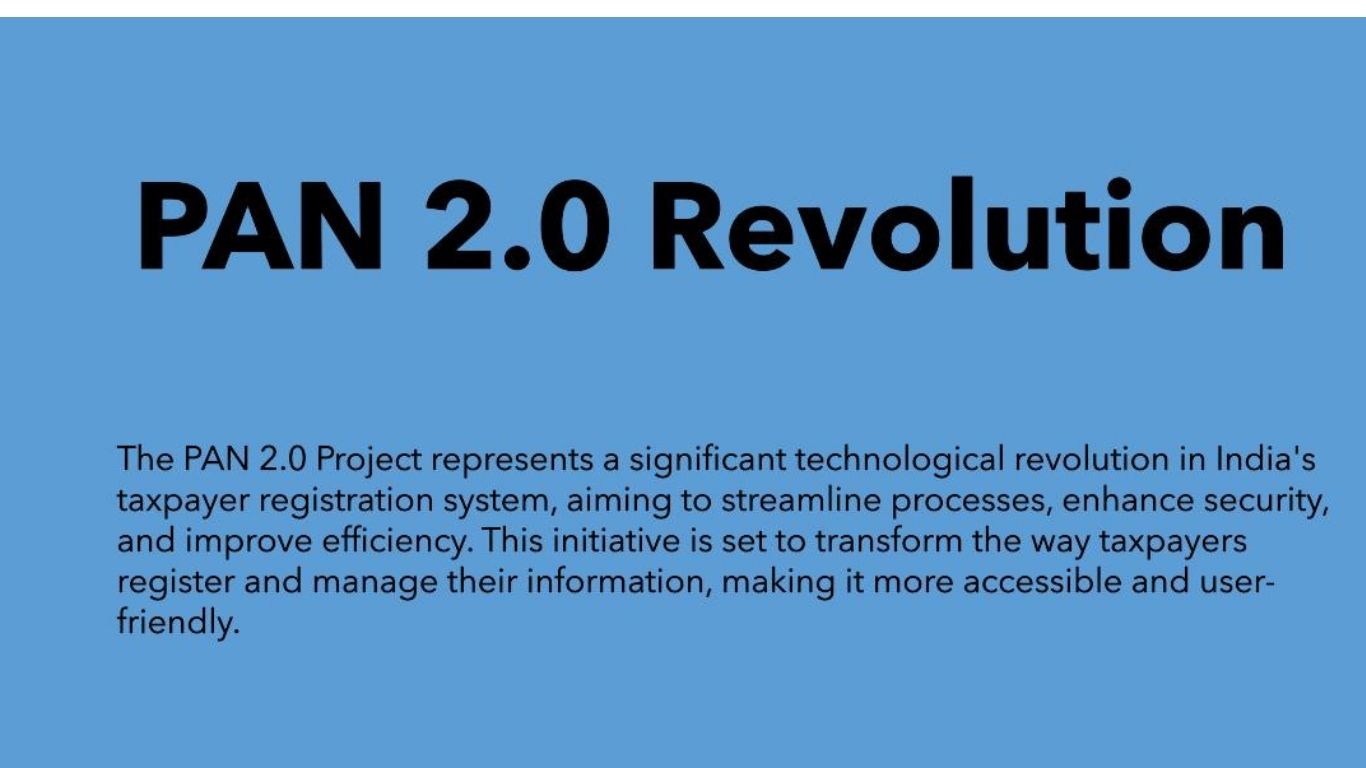From Protest to Policy: Grassroots Movements Transforming Democratic Ideals
In the annals of democratic progress, grassroots movements serve as the bedrock of sociopolitical change, leveraging the power of collective action to advocate for justice, equity, and reform. The journey from protest to policy is often long and fraught with challenges, yet history has demonstrated that with perseverance and strategic organization, grassroots advocates can reshape the very fabric of societies, pushing democratic ideals to the forefront of political discourse.
Historical Context
Grassroots movements have a rich history in democratic societies, often emerging in response to perceived injustices or systemic inequalities. From the suffragette movement in the early 20th century, which fought tirelessly for women’s voting rights, to civil rights activists who confronted racial segregation and discrimination in the 1960s, these movements have not only raised awareness but have also catalyzed policy changes that reflect the principles of liberty and justice for all.
Mechanisms of Change
The transition from protest to policy involves several key mechanisms:
-
Mobilization and Awareness: Grassroots movements often begin with the mobilization of community members around specific issues. Social media, public demonstrations, and community organizing play critical roles in raising awareness and galvanizing support. The Women’s March, for example, mobilized millions globally to advocate for women’s rights and social justice, amplifying various issues that resonate within democratic discourse.
-
Building Coalitions: Successful movements often collaborate with existing organizations, labor unions, and interest groups to build a broader coalition. This unity enhances their bargaining power and allows for a more substantial representation of diverse voices. The Black Lives Matter movement has forged alliances with various social justice organizations, creating a powerful network that has influenced legislative debates on police reform and racial justice.
-
Engagement with Policymakers: Transitioning from protest to policy necessitates direct engagement with elected officials and policymakers. Advocates often work to draft legislation, participate in town halls, and develop relationships with legislators. The advocacy for climate change action, seen in movements like Fridays for Future, has pushed policymakers to introduce and support green legislation, reflecting a growing recognition of climate urgency.
- Public Influence: Grassroots movements harness the power of public opinion to impact policy decisions. By mobilizing storytellers, activists, and scholars, they can highlight disparities and injustices that demand governmental action. Campaigns that spotlight issues like homelessness, healthcare access, and educational inequality have shifted public attitudes and forced lawmakers to respond to constituents’ concerns.
Case Studies
Several case studies exemplify the transformation of grassroots efforts into substantive policy changes:
-
The LGBTQ+ Rights Movement: Beginning as a backlash against discrimination and persecution, this movement gained momentum through protests, educational campaigns, and legal battles. Landmark achievements, such as the legalization of same-sex marriage in numerous countries, can be traced back to persistent grassroots advocacy and strategic litigation.
-
The Environmental Movement: Initiated by local activists concerned about pollution and ecological degradation, the environmental movement has evolved into a global call for sustainability. Events like Earth Day and global climate strikes have brought millions together, leading to policy changes at local, national, and international levels as governments work to implement more stringent environmental protections.
- Youth Activism for Gun Control: Triggered by tragic events like the 2018 shooting at Marjory Stoneman Douglas High School, youth activists organized protests such as the March for Our Lives. Their efforts have led to renewed debates on gun control and have resulted in legislative changes in several states, reflecting the potency of youth-led movements in challenging entrenched interests.
The Role of Technology
The rise of digital tools has significantly altered the landscape of grassroots movements. Social media platforms enable rapid mobilization and information dissemination, allowing movements to gain traction swiftly. Crowdfunding has made it possible for grassroots initiatives to secure funding without relying on traditional donor bases, ensuring that diverse voices can contribute to the public discourse.
Challenges Ahead
Despite the successes of grassroots movements, challenges remain. Pushback from established political interests, misinformation campaigns, and the risk of co-optation by larger political agendas can undermine grassroots efforts. Ensuring that the voices of marginalized communities remain central in discussions is imperative to avoid diluting the transformative potential of these movements.
Conclusion
Grassroots movements are essential to the evolution of democratic ideals, acting as catalysts for policy change and societal transformation. Their ability to mobilize communities, build coalitions, engage with policymakers, and shift public opinion underscores the power of collective action in a democratic society. As we look to the future, fostering an environment where grassroots activism can flourish is vital for addressing the pressing challenges we face and ensuring that democracy serves all citizens. The journey from protest to policy is not merely a path to legislation but a profound statement of hope, resilience, and the enduring spirit of democracy.















